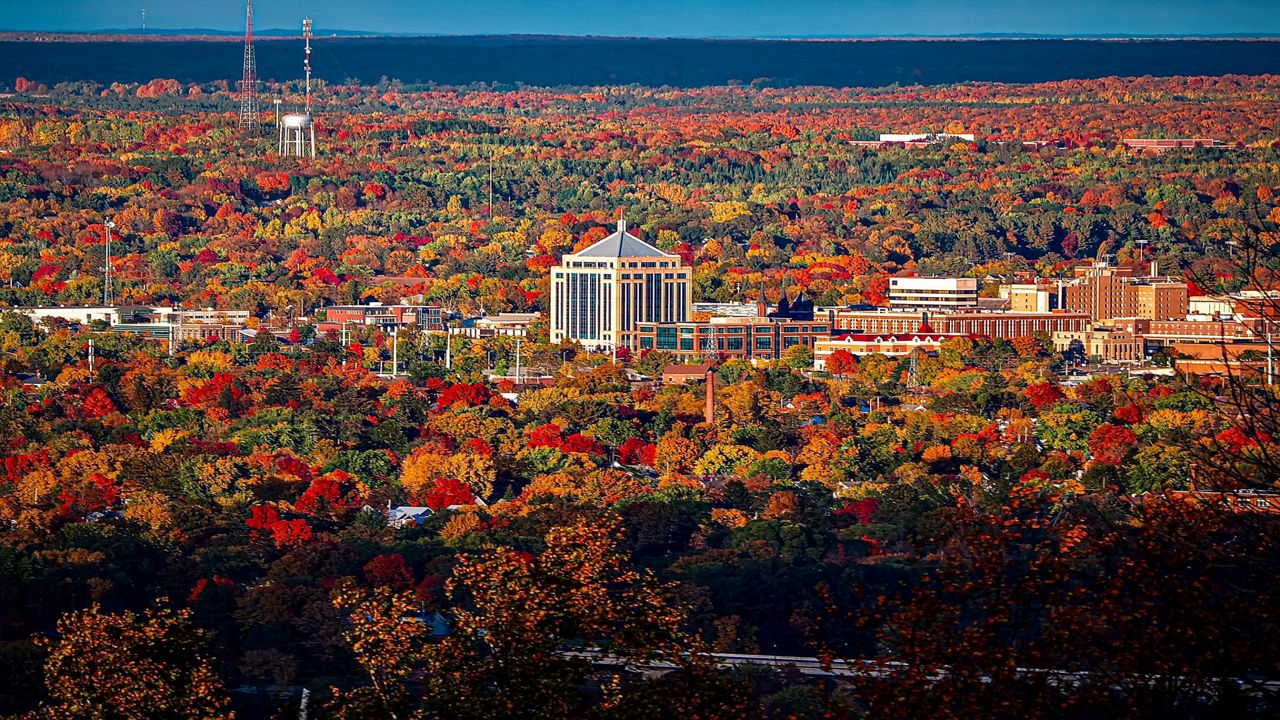WISCONSIN — The Wisconsin Department of Natural Resources released its annual Air Quality Trends Report on Tuesday, and it shows both improvements and challenges in some areas.
The annual report includes state monitoring data through 2021 for air pollutants regulated under the Clean Air Act. Some pollutants include ground-level ozone, particle pollution, sulfur dioxide, nitrogen dioxide and carbon monoxide.
As for ozone standards, Wisconsin looks at whether areas are meeting the 2008 standard or the 2015 standard.
In 2008, the Environmental Protection Agency finalized the eight-hour ozone standard at 75 parts-per-billion (ppb). On Oct. 1, 2015, EPA finalized the National Ambient Air Quality Standard for ozone at 70 ppb.
Highlights of the report include:
Reducing sulfur dioxide in an area near Rhinelander by implementing new emission control measures
The reduction means the entire state now meets the EPA SO2 standard
Overall, statewide concentrations have decreased by 88% since the early 2000s
The Lake Michigan shoreline region has had a 25% average reduction in ozone concentrations between 2001 and 2021
Because of reduced ozone concentrations, the eastern half of Kenosha County is meeting the 2008 ozone standard, the EPA announced in the spring
All Wisconsin ozone monitors are now meeting the 2008 ozone standard
As for the 2015 standard, seven lakeshore counties remain in nonattainment. That means around 33% of Wisconsinites are living in ozone nonattainment areas.
“Despite challenges with ozone along the Lake Michigan shoreline, the Trends Report shows Wisconsin’s air quality continues to improve, at the same time as Wisconsin’s economy continues to grow,” said DNR Secretary Preston Cole in a press release. “Historically and currently, when continually faced with ozone nonattainment challenges, the department has relied on our strength in partnerships with local, state and federal partners, research organizations and businesses operating in Wisconsin to facilitate air quality improvements.”
The DNR also debuted an interactive StoryMap this year, illustrating Wisconsin’s air quality trends for each pollutant over the last 20 years.



